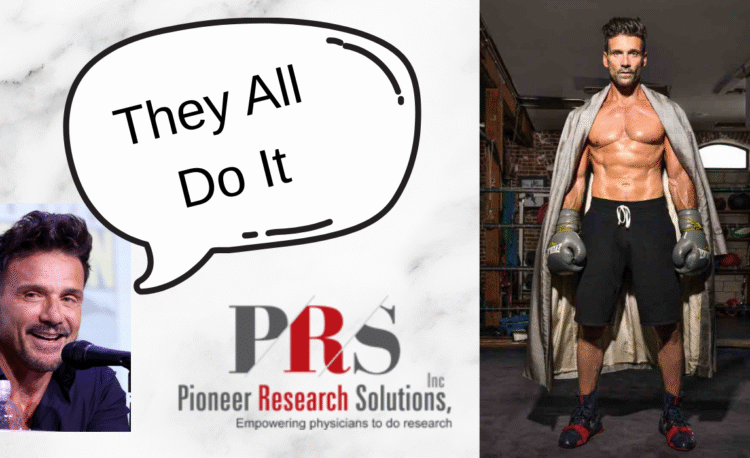Why Frank Grillo’s Comments Matter
What Grillo Actually Said
On Men’s Health’s Strong Talk podcast, Grillo explained that after discovering low testosterone, he began replacement therapy and that it helped his recovery, sleep, and mood. He then asserted that many co-stars and fellow actors use drugs such as Anavar (oxandrolone) and Deca (nandrolone) — often under medical supervision — to achieve rapid muscle gains for roles.
Quote: “Those guys don’t walk around looking one way six months out of the year and then all of a sudden, they have 35 lbs of muscle. We all know what they’re doing…they all do it.”
Common Drugs Mentioned
- Anavar (Oxandrolone): Sometimes used to retain or add lean mass; has legitimate medical uses but is abused for aesthetics.
- Deca (Nandrolone): An anabolic steroid originally used medically for anemia and bone loss; also abused for muscle gain.
- Testosterone replacement therapy (TRT): Prescribed for clinically low testosterone; Grillo said TRT improved his recovery and wellbeing.
Do not forget to review us on Google
Why Actors Might Use Steroids — The Production Pressure
Film and TV schedules, tight shoot windows, and the need to appear “movie-ready” create enormous pressure on actors to transform quickly. When months of training, dieting, and on-set demands collide with marketing and release timelines, some actors and their teams opt for medical routes that promise faster results — often under doctor supervision. Grillo’s comments highlight a cultural expectation: fans and studios expect dramatic, on-screen physical transformations, and actors feel pressure to deliver.
 Risks, Ethics, and Medical Oversight
Risks, Ethics, and Medical Oversight
Even when prescribed by a physician, anabolic steroids and hormone therapies carry health risks — cardiovascular strain, hormonal imbalances, liver stress, and psychological effects. Ethical questions also arise: is it honest to present a body as “natural” when chemical assistance was used? And if doctors prescribe these drugs for aesthetic goals tied to entertainment projects, where is the line between legitimate treatment and performance enhancement?
How This Affects Fans and Fitness Culture
Celebrities influence trends. When stars appear ripped quickly, it can normalize unrealistic body timelines and push fans to seek shortcuts. Grillo’s candor may help demystify transformations, but it also underscores the need for transparent conversations about medical supervision, safe practices, and realistic fitness timelines.
What Experts Say (Short Takeaways)
Transparency: Public honesty from actors and their teams reduces pressure on fans to copy unsafe methods.
Monitoring: If performance-enhancing drugs are used, medical oversight reduces—but doesn’t eliminate—risk.
Alternatives: Progressive training, nutrition, and longer preparation windows are safer long-term strategies.
Takeaway: The Reality of Steroid Use in Hollywood
Frank Grillo’s claim that many actors use steroids for rapid role-based transformations is a wake-up call about expectations in modern entertainment. Whether you view it as pragmatic, problematic, or both, the conversation around Steroid Use in Hollywood should center on safety, disclosure, and the broader cultural signals we send when celebrity bodies are presented as ordinary.

